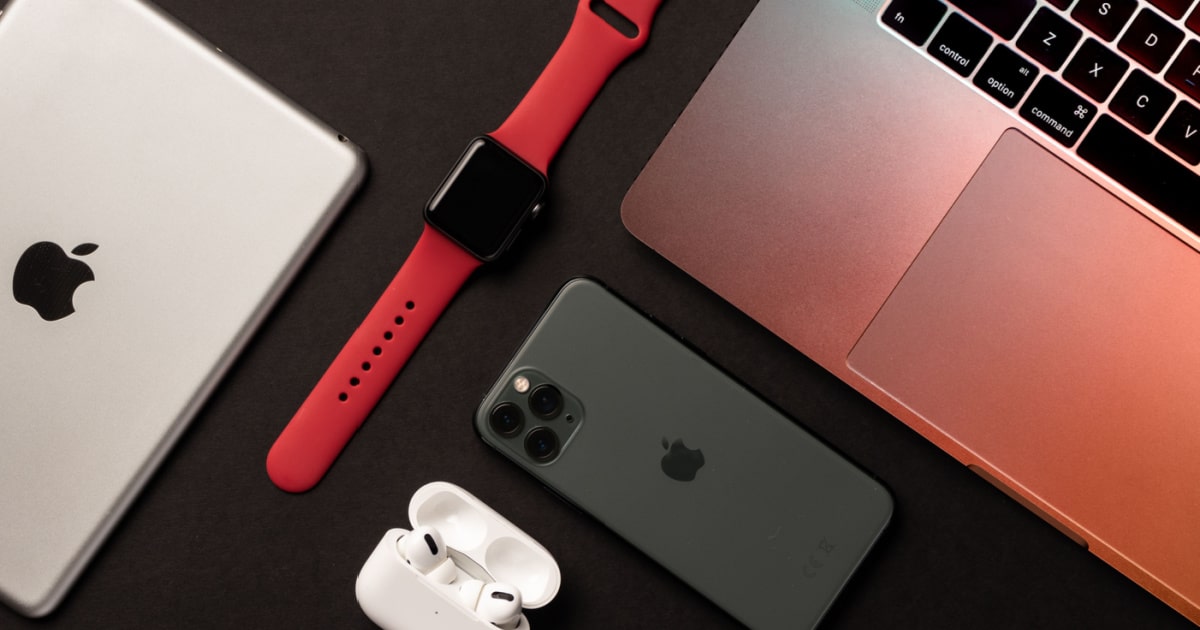Starting today, iPhone and iPad users can update to iOS 16.4 and iPadOS 16.4. Apple Watch owners can now upgrade to watchOS 9.4, while Mac users get macOS Ventura 13.3. The Cupertino-based tech giant also issued updated versions of its operating systems for the Apple TV and HomePod lineup.
What’s New In iOS and iPadOS 16.4
The release notes for iOS 16.4 include the addition of 21 new emojis, including animals, hand gestures, and objects to the emoji keyboard. Apple also added notifications for web apps added to the Home Screen and an expanded ability for duplicates album in Photos to detect duplicate photos and videos in an iCloud Shared Photo Library.
Cellular calls are now able to use voice isolation to prioritize your voice and block ambient noise; The update also provides VoiceOver support for maps in the Weather app and an accessibility setting to automatically dim video when flashes of light or strobe effects are detected.
Other updates include resolving issues such as Ask to Buy requests from children failing to appear on the parent’s device and Matter-compatible thermostats becoming unresponsive when paired to Apple Home.Cupertino has also included optimizations for Crash Detection for iPhone 14 and iPhone 14 Pro models.
There are also some undocumented new features in iOS 16.4. These include 5G Standalone support, 5G in additional countries, and the reintroduction of Apple’s new HomeKit architecture.
To update your iPhone or iPad to the latest operating system version, follow these steps.
- On your iPhone or iPad, go to Settings > General > Software Update.
- If the update is not visible, just check back after an hour or so. It may take some time for the new versions to become available for all devices.
- During the installation process, your device will download the updated operation system.
- Then, it will prompt you to restart the device to finish the installation process. Bear in mind that your iPhone or iPad will be inoperable during the installation.
Modest But Important Changes With watchOS 9.4
On the wearable front, the latest version of watchOS includes some important, but not necessarily earth-shattering, updates. The Cycle Tracking and Atrial Fibrillation history features are now available in more countries, for one thing.
Cycle Tracking is now available in Moldova and Ukraine. Meanwhile, AFib History is available in Colombia, Malaysia, Moldova, Thailand and Ukraine with the update.
Finally, a pesky but that allowed the cover-to-mute gesture to cancel wake-up alarms has been addressed. No more accidentally canceling your alarm in your sleep, thanks to that fix.
Installing watchOS 9.4 is as easy as opening the Watch app on your paired iPhone and going to General > Software Update. You will need to have your Apple Watch on its charger during the update, and both it and your iPhone need to be near one another and on the same Wi-Fi network.
Bringing New Emoji and More to macOS Ventura
Apple has also released macOS Ventura 13.3, which includes the same 21 new emoji found in iOS 16.4. There are also updates to Freeform, bug fixes, and performance improvements.
The update may take a few hours to reach every Mac, and once downloaded, the computer will restart and install the update.
Freeform’s update includes a remove background option that automatically isolates the subject in an image. Additionally, like on iOS and iPadOS 16.4, the Photos duplicates album is now able to detect duplicate photos and videos in your iCloud Shared Photo Library.
Apple has also added transliteration support for Gujarati, Punjabi, and Urdu keyboards, as well as new keyboard layouts for Choctaw, Chickasaw, Akan, Hausa, and Yoruba.
As on other devices, the macOS Ventura update includes an accessibility setting to automatically dim video when flashes of light or strobe effects are detected. There’s also now VoiceOver support for maps in the Weather app.
In macOS Ventura 13.3, Cupertino has also resolved several bugs, including Trackpad gestures occasionally stopping responding, Ask to Buy requests from children failing to appear on the parent’s device, and VoiceOver becoming unresponsive after using Finder.
The update is now rolling out to all Mac users, and they can check for it by going to System Settings > General > Software Update. Note that if you are not yet running macOS Ventura, you’ll find the update in System Preferences > Software Update instead.
Other Updates Released Simultaneously
Alongside everything else, Apple has issued updates to tvOS and its HomePod Software. In addition to performance improvements and bug fixes, tvOS also adds the same accessibility option to automatically dim video display when it detects flashes of light or strobe effects.
Your HomePod or HomePod mini, as well as your Apple TV device, should automatically update. You can kick either off manually, though. For your HomePod speaker, software updates are managed through the Home app on your iPhone, iPad or Mac.
Apple TV users can manually install the update by going to Settings > System > Software Updates.
What feature or features of the updated operating systems are you most excited about? Let us know in the comments.
